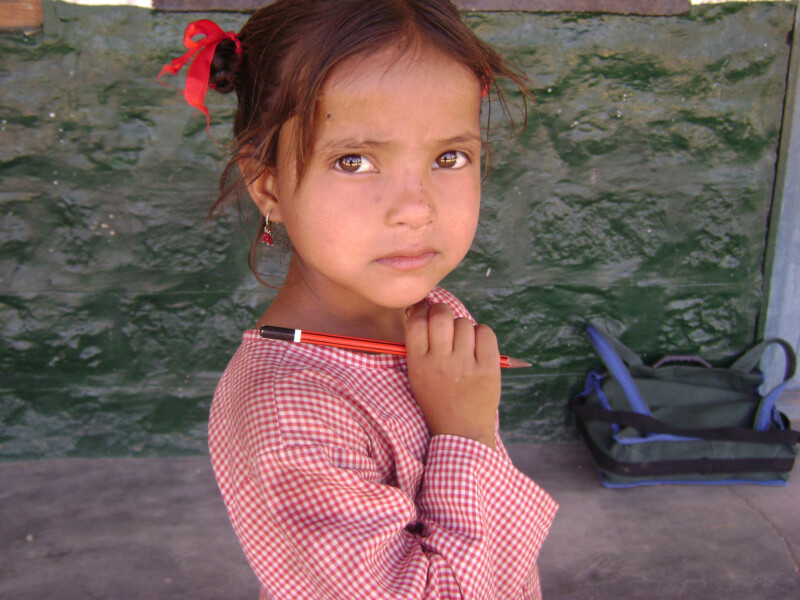In India, Gaps in Learning Start Early

Number four on the United Nation’s Sustainable Development Goals is to address the global learning crisis by ensuring that children everywhere understand the basics of reading and math by 2030.
Pauline Rose, Professor of International Education and Director of the Research for Equitable Access and Learning Centre at Cambridge, describes the challenges involved and the path to making quality education a reality.
“Evidence from around the world is clear: the children who encounter learning difficulties early on, face an uphill struggle to catch up. Learning inequalities are visible before children start school, and these inequalities often widen during the school years.”
Those learning inequalities are greatly affected by household wealth, as poorer children miss out on opportunities that could lift them from poverty.
Rose cites Pratham’s Annual Status of Education Report (ASER) as an important tool in collecting data to inform communities and governments about what primary school students are actually learning.
“Collecting data … is crucial to effecting change. It requires tracking of progress of children’s ability to perform simple tasks in reading and mathematics from a young age, especially for children coming from disadvantaged backgrounds who are least likely to be learning.”
ASER’s low-cost approach of using simple tools and trained volunteers makes it easy to implement in poor countries, and the information is vital to helping policymakers identify solutions toward addressing the socioeconomic disadvantages early on.
“In the absence of information in the early years, we will only find out once it is too late,” remarks Rose.
Read the full article at the UNICEF blog.
